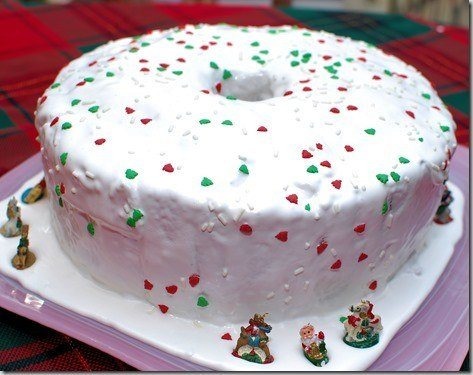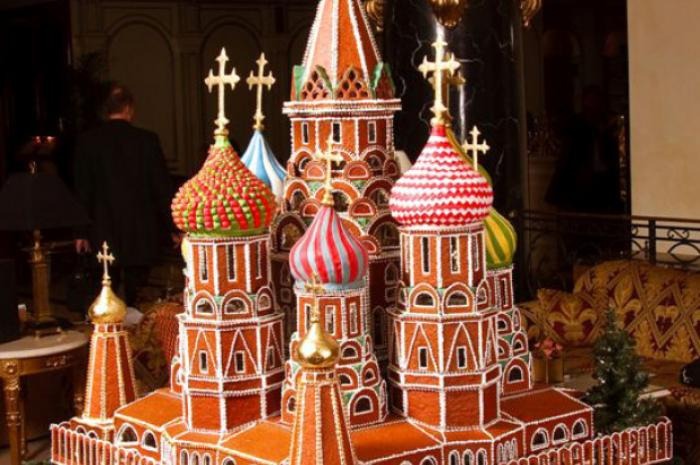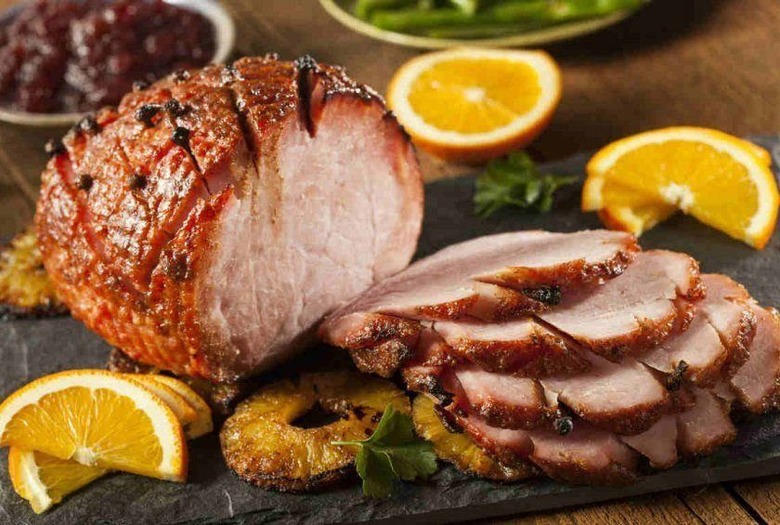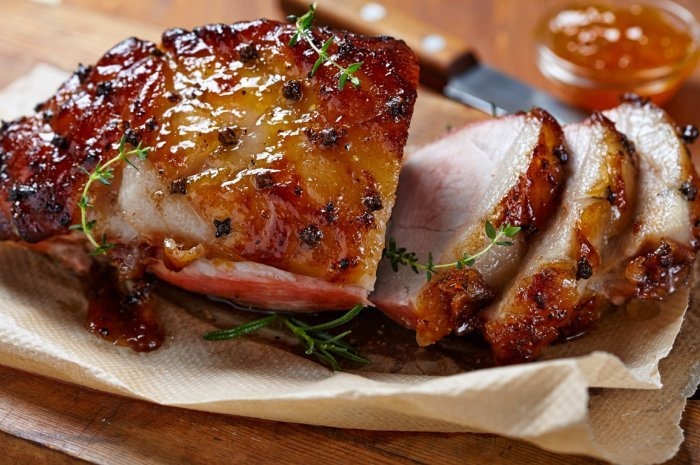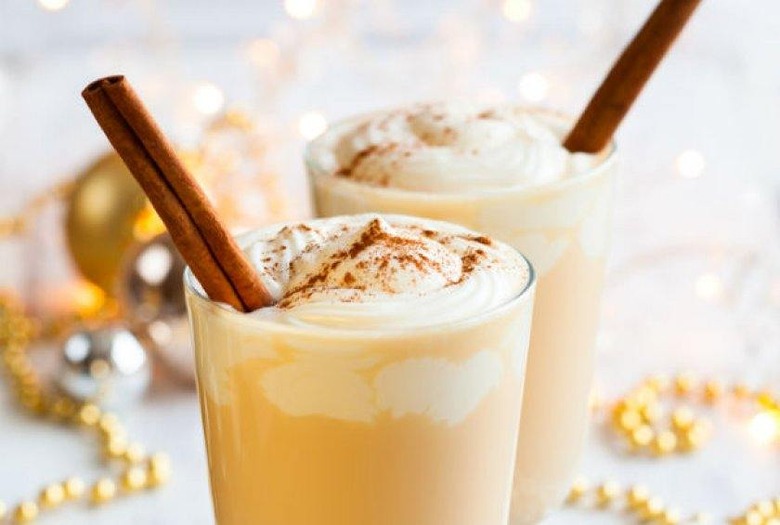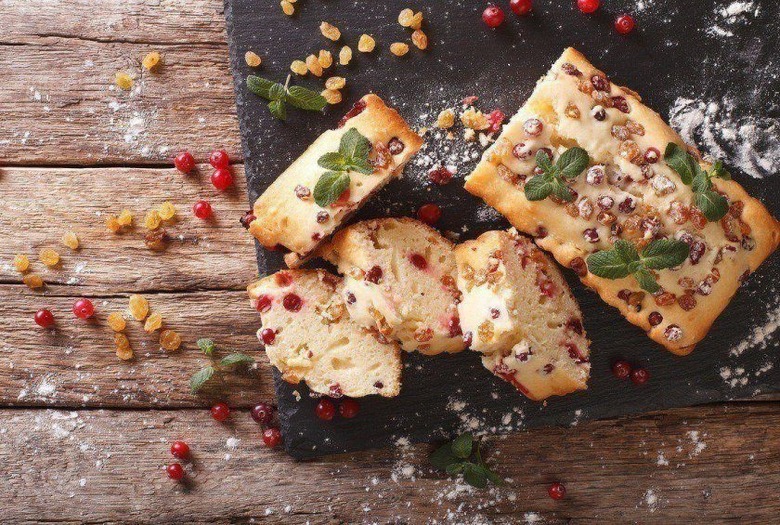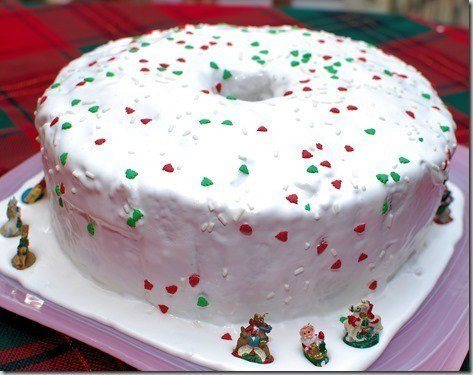5 Classic Christmas Foods: Where They Came From And How To Make Them Right
Interestingly, Christmas, a decidedly Christian holiday, is actually an amalgamation of cultural and religious celebrations that have converged and evolved over centuries.
The pagan Yule — a Germanic midwinter festival celebrating the winter solstice or the rebirth of the sun — involved feasts, sacrifice, and merriment. With the rise of Christianity, the Yuletide transformed into Christmastime, however, many pagan traditions — or versions of those traditions — seemingly stuck.
A fun example of this is the legend of Santa Claus, a character born from the Norse/Germanic pagan deity Odin. Odin wore a blue cloak, donned a long white beard, and brought gifts to his people with the help of his trusty eight-legged stallion, Sleipnir.
The origins of favorite Christmas food traditions from eggnog to gingerbread to roast Christmas ham may not all be thanks to Norse gods, but they do come from surprising origins. Check out this list of holiday food classics to find out where they really came from; then, we'll show you the best ways to make, eat, and enjoy them.
Christmas Cookies
Frosted cookies and beautiful baked goods abound during the Christmas season, but have you ever wondered just why we leave out cookies for Santa Claus on Christmas Eve? The tradition purportedly started no too long ago.
The practice is said to have originated in America during the Great Depression as a way for parents to encourage kindness and generosity in their children in such a time where sharing what little one had was pretty darn hard to do.
Christmas Cookies: How to Make Them
This year, blow the Christmas cookies competition out of the water. Check out our ultra-comprehensive list of the 101 Best Cookie Recipes of 2016 for everything from sugar cookies to linzers to irresistibly chewy molasses cookies. Or check out this collection of beautiful cookie creations courtesy of our Culinary Content Network of food bloggers.
For these French Christmas Cookies from food blogger Mon Petit Four, click here.
Gingerbread
Ginger root traveled along the Silk Road from China until it reached the Germanic peoples in Europe. Gingerbread was first made by boiling breadcrumbs with honey and seasoning them heavily with spices. These cookie-ish creations were staples at medieval fairs, and gingerbread houses, in particular, were popularized after the famous Brothers Grimm tale, "Hansel and Gretel."
Gingerbread was often adorned with gold leaf in honor of special occasions and celebrations, like Christmas.
Gingerbread: How to Make It
Regardless of their shape, what matters most when making gingerbread is your cookie recipe — because first and foremost these cookies should taste good, right?
Here is a great recipe for classic gingerbread men cookies complete with royal icing. Remember, when making royal icing the viscosity is very important: too stiff and you'll be grunting and cursing thick, uneven, and broken lines of frosting; but too runny and you'll have no power over where your frosting goes. Begin with about three-fourths of the required amount of liquid and add in as necessary. Better yet, make two versions of frosting: a thicker royal icing for creating lines and a more liquid version for flooding.
For some serious gingerbread inspiration, click here to read "15 Outrageous Gingerbread Houses."
Christmas Ham
The tradition of serving a fat roast ham for Christmas dinner began long ago with Germanic pagans. During the Yuletide, pagans would serve wild boar to pay tribute to Freyr, the god of harvest, fertility, prosperity, and sunshine. Per legend, Freyr rode a shining boar named Gullinbursti (meaning "Gold Mane" or "Golden Bristles") and so the deity is often associated with the animal.
Christmas Ham: How to Make It
Fresh ham, which includes both white and dark meat, has some seriously robust meaty flavor. The leg of the pig has a lot of connective tissue that requires long cooking — about 20 minutes per pound to be exact — but as the fat and tissue melt with the heat, you are left with tender and delicious meat.
Unlocking the true potential of a holiday ham, however, lies in the glaze: a sweet, slightly acidic mixture that reduces and thickens to generously coat the pork and penetrate deep within its scores. Also, if you use a bone-in ham, you'll not only have better-flavored pork but you can also reuse the bone to reinforce soups and stock.
Here are the "12 Best Recipes for Holiday Ham" so you too can pay tribute to Freyr and Gullinbursti.
Eggnog
In Old English etymology, "nog" either derives from the word noggin, meaning "a wooden cup," or grog meaning "a strong beverage." They name might also come from the phrase "egg and grog in a noggin," in which case, thank goodness it was shortened to "eggnog!"
Eggnog: How to Make It
Think of eggnog as spiked, unfrozen, raw ice cream. The sweet, holiday-spiced goodness is drowned in rum, bourbon, vodka, brandy, or whatever other booze you want to add in. The alcohol acts as a preservative, plus it kills any organism or germ that would try to survive.
This recipe for eggnog is a winner. It uses 12 eggs, lots of heavy cream, nutmeg, and vanilla. Then, the mixture is graced with bourbon, brandy, and dark rum. For the best — and safest — results, use the highest quality of eggs.
Fruitcake
Fruitcake is all about tradition; it's the enduring stale joke of the Christmas season (both figuratively and literally). We love to express overt contempt for these dense, iridescent, candied-fruit-laden, booze-spiked monstrosities. But eat them? Do people actually do that?
Fruitcake was once considered a "grand indulgence" in the eighteenth and nineteenth centuries, reserved only for special occasions, like weddings and Christmas, due to the high cost of the ingredients (candied fruit, for instance, was often imported from Italy). Yet somehow, over time, fruitcake (as we know and hate it) fell from grace. As Johnny Carson once said, "The worst gift is a fruitcake. There is only one fruitcake in the entire world, and people keep sending it to each other."
Fruitcake: How to Make It
These fruit- and booze-laden cakes are h.e.a.v.y. That means lots of eggs, cream, butter, and alcohol. This cake, in particular, weights 10 friggin' pounds and is rested several days after baking so that the flavors and booze can truly absorb. For more (actually delicious) fruitcake recipes check out "9 Recipes for Fruitcake People Will Actually Eat."
